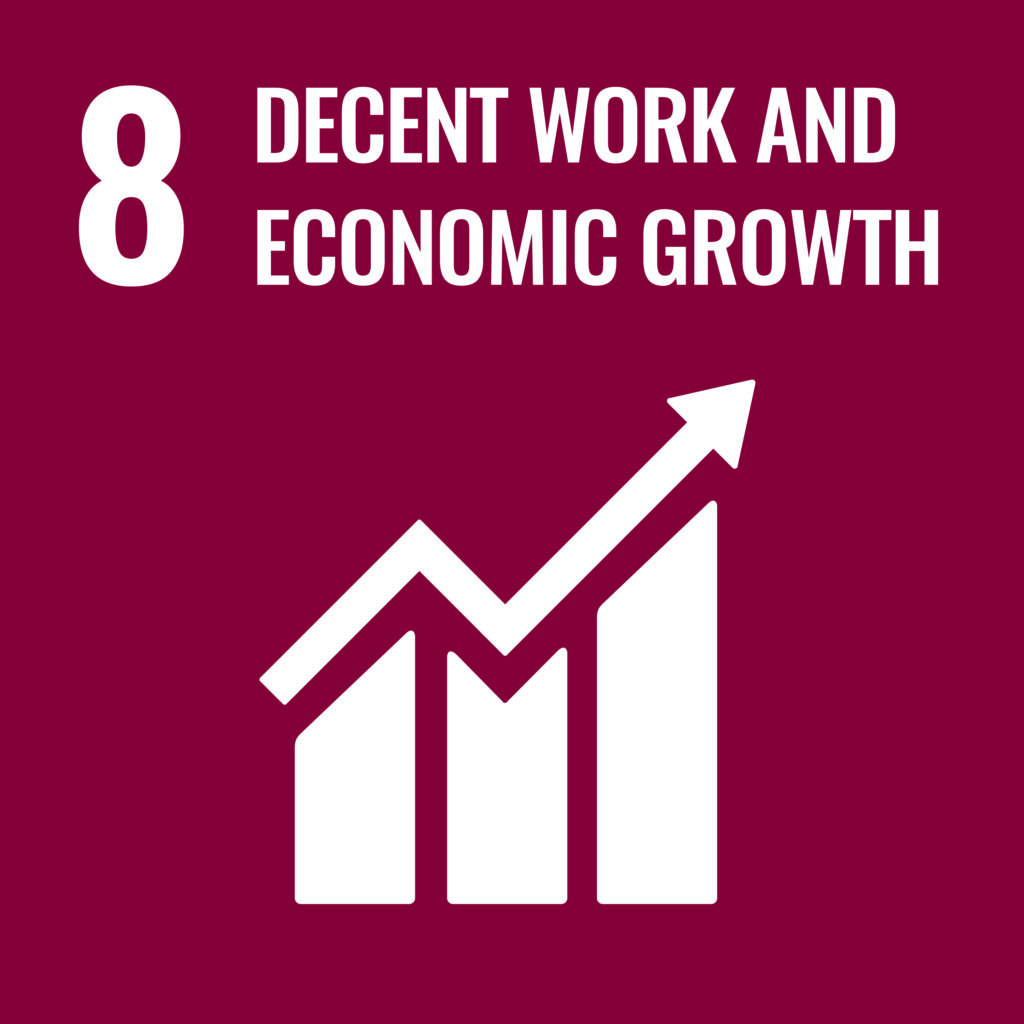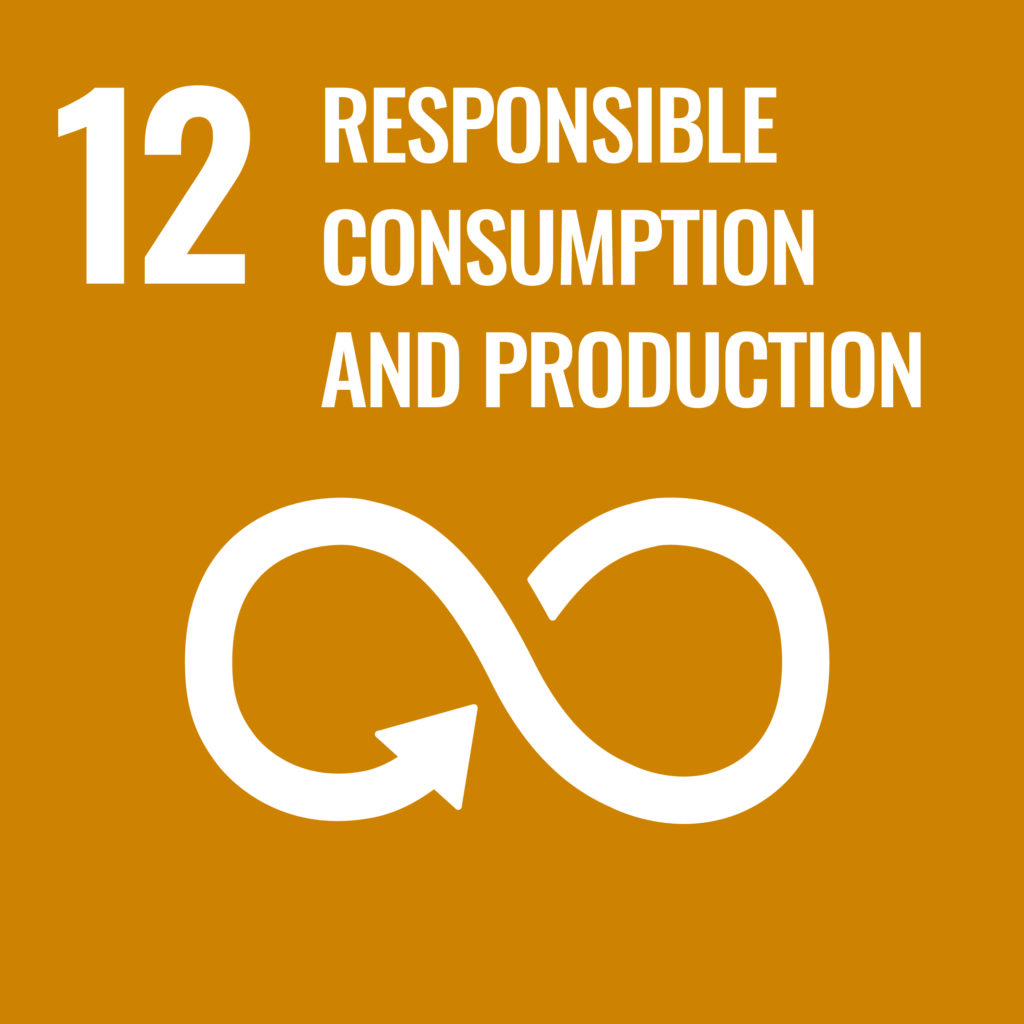There are many colors that are associated with different economical aspects, focuses, and results [5]. As early career ocean professionals we are generally most concerned with the brown, green, and blue economic frameworks.
Brown Economy
A brown economy is focused on growth and development despite the environmental implications. This framework is built on anthropogenic activity utilizing fossil fuels (coal, oil, and gas) [1].
A brown economy is culpable in global warming trends because the activities within this economic type expel greenhouse gases into our atmosphere. It also “encourages unrestrained exploitation of finite resources” [2].
Greenification of the Brown Economy
The green economy economic framework is kind of an answer to the affects of the brown economy (i.e., climate change), and an increase in global awareness about how society and corporations assist in the climate crisis.
A green economy is one that is focused on economic production that minimizes pollution and consumption of resources [3].
“An inclusive green economy is one that improves human well-being and builds social equity while reducing environmental risks and scarcities.”
-UNEP [4]
SDGs that can be associated with a green economy are [4]:


Blue Economy
Understanding the development/adjustment from a mostly brown economy towards a green economy, and the expansion to include marine, coastal and aquatic ecosystems (hence blue economy) is important to understanding where we stand as ocean people.
Our professions, research, and study paths align with the goals that the blue economy framework works towards by supporting the measures – whether financial, scientific, sociologic – that make a blue economy a plausible, necessary, and successful sustainability model.
A blue economy is underpinned by the focus on healthy marine and aquatic environments. It recognizes the importance of water resources to human financial, biological, and cultural needs [3].
Key points of the blue economy are:
- Sustainable fisheries, tourism, and recreation
- Minimizing marine pollution
- Decreased use/ better management of limited marine resources
- Coastal restoration
- Development of offshore renewable energies
SDGs that can be associated with a blue economy are:



Sources:
[1] Fossil fuel | Meaning, Types, & Uses | Britannica
[2] Environmental Implications of the Brown Blue and Green Economies
[3] The 10 Colors of the Economy and Sustainable Development Goals

